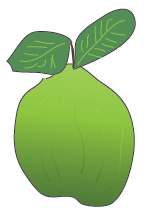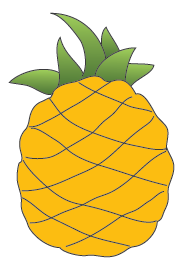
Around 9am, Jia Qian came to pick me up from the hostel. He called and asked if I’m interested to see his rice milling machine, or should we call it paddy pounder? Essentially, it is a machine that he uses to separate stones and other undesirable things from the actual grain. He's also called it his washing machine for rice.
Jia Qian has his milling machine in a medium-sized warehouse. To me, it looks like a huge garage. Another very interesting machine, that is around 17 feet tall, is a rice heater. It stores 4,800 kg of rice. I’m not sure how much that is, but he said it’s not that much. Let’s say, if one box of Uncle Ben’s rice is around 454g, then that container contains 10,572 boxes of Uncle Ben’s rice. I guess considering the population of Taiwan (23.34 million), many of whom consistently eat rice as their main course, this 4,800 kg of rice is really not so much. Jia Qian said, since their machine can only process so much rice, and considering they have extra rice paddies, sometimes they will also use a traditional sun tanned paddy to dry the grain, which takes much more time than the machine. Overall, this space is like a huge rice washing facility, but instead of washing the rice, they dry it and then filter the rice through the paddy grinder, readying it for packaging.
However, because the big heating machine is quite old, it requires more time and effort to process the rice. Apparently, The machine needs seven to ten days to toast/dry the grain. Afterwards, the paddy pounder can manage 2 bags of 40kg of rice in an hour. Moreover, because the moisture and temperature fluctuates, and unlike the modern machine, this old machine cannot perform measurements or detect any changes in the environment, so Jia Qian needs to carefully monitor the machine's temperature.
Jia Qian used to work in a city as one of countless white collar workers. Whenever he lined up at a restaurant, he wondered where the rice came from and how long the rice had been there. Rice reminds him of his childhood when everyone gathered around the table at dinner time, and one day his dad expressed his interest in planting, producing and selling their own rice. Jia Qian thought this may be once in a life chance, and their journey of rice began. Jia Qian and his wife’s product cannot be considered organic, but because they believe in delivering the product in a healthy measure, they claim to minimize the amount of pesticides used. A couple of months before the harvest, they stop the use of any pesticides to minimize chemical residue in the crop, so that their product can be considered to be non-toxic. Through several conversations, they also express their concerns with the use of pesticide and other chemicals that farmers use on various vegetables and fruits. I still remember one of the car rides we took during which he pointed out the products whose production all uses enormous amounts of pesticides, leaving me in disturbed, shocked, and a bit horrified.
The family believes in delivering good quality and safe rice to customers, additionally, the have special packaging for some of their rice and designed postcards that help people better understand the area where they produce their rice. Their designs reveals their character: pleasant, optimistic and generous and that they feel blessed.
Once our discussion were over, they gave me two packages or rice, and drove me to the next farm: pineapple farmers.









